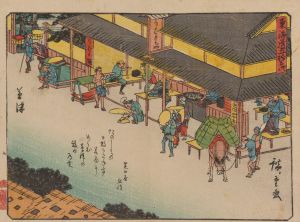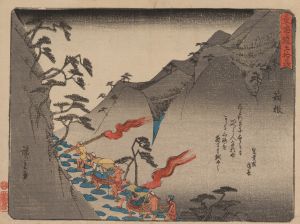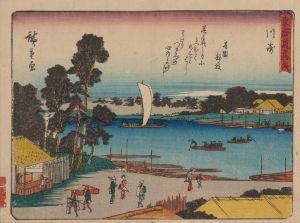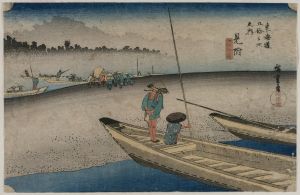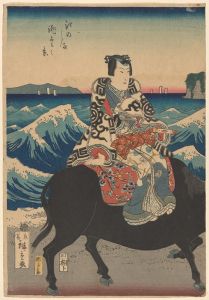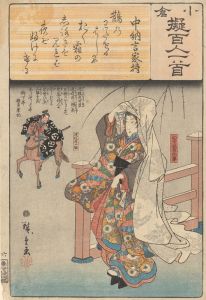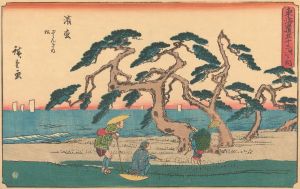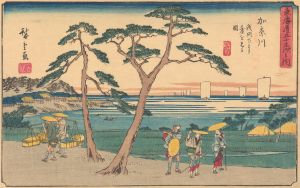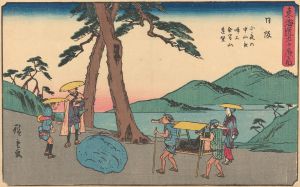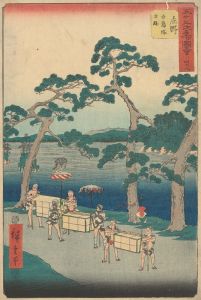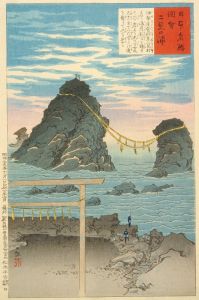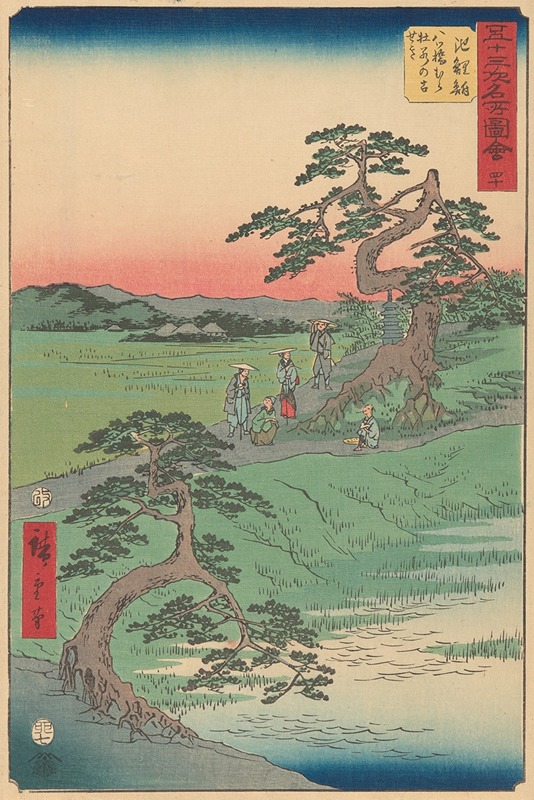
Chiriu
A hand-painted replica of Andō Hiroshige’s masterpiece Chiriu, meticulously crafted by professional artists to capture the true essence of the original. Each piece is created with museum-quality canvas and rare mineral pigments, carefully painted by experienced artists with delicate brushstrokes and rich, layered colors to perfectly recreate the texture of the original artwork. Unlike machine-printed reproductions, this hand-painted version brings the painting to life, infused with the artist’s emotions and skill in every stroke. Whether for personal collection or home decoration, it instantly elevates the artistic atmosphere of any space.
Andō Hiroshige, a prominent Japanese ukiyo-e artist of the Edo period, is renowned for his landscape prints and innovative compositions. One of his notable works is "Chiriu," which is part of the celebrated series "The Fifty-three Stations of the Tōkaidō" (Tōkaidō Gojūsan-tsugi no Uchi). This series, created in the early 1830s, depicts the scenic views and travel experiences along the Tōkaidō road, the main route connecting Edo (modern-day Tokyo) to Kyoto.
"Chiriu" is the 39th station in the series and captures the essence of travel and daily life during the Edo period. Hiroshige's work is characterized by its attention to detail, vibrant colors, and the ability to convey a sense of atmosphere and mood. In "Chiriu," Hiroshige illustrates a scene that reflects the local customs and environment of the area, providing a glimpse into the cultural and geographical landscape of the time.
The print typically depicts travelers and locals engaged in various activities, set against a backdrop that highlights the natural beauty of the region. Hiroshige's use of perspective and composition draws the viewer's eye through the scene, creating a sense of movement and depth. The artist's skillful use of color and shading adds to the overall impact of the image, making it a vivid representation of the journey along the Tōkaidō.
Hiroshige's "The Fifty-three Stations of the Tōkaidō" series was highly influential and remains one of the most famous works of ukiyo-e art. It not only showcases the artist's mastery of the woodblock print medium but also provides valuable insights into the culture and society of Japan during the Edo period. The series was widely popular at the time of its release and contributed to Hiroshige's reputation as a leading figure in the ukiyo-e movement.
The Tōkaidō road itself was an essential part of Japanese infrastructure, facilitating travel and communication between the political and cultural centers of Edo and Kyoto. Hiroshige's depictions of the various stations along the route offer a visual narrative of the journey, capturing the diverse landscapes and experiences encountered by travelers.
Hiroshige's work, including "Chiriu," is celebrated for its ability to evoke a sense of place and time, transporting viewers to the world of 19th-century Japan. His prints continue to be studied and admired for their artistic and historical significance, providing a window into the past and the enduring appeal of Japanese art.
In summary, "Chiriu" by Andō Hiroshige is a significant piece within "The Fifty-three Stations of the Tōkaidō" series, exemplifying the artist's talent in capturing the spirit of travel and the beauty of the Japanese landscape. Through his work, Hiroshige has left a lasting legacy that continues to inspire and inform audiences around the world.





